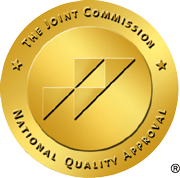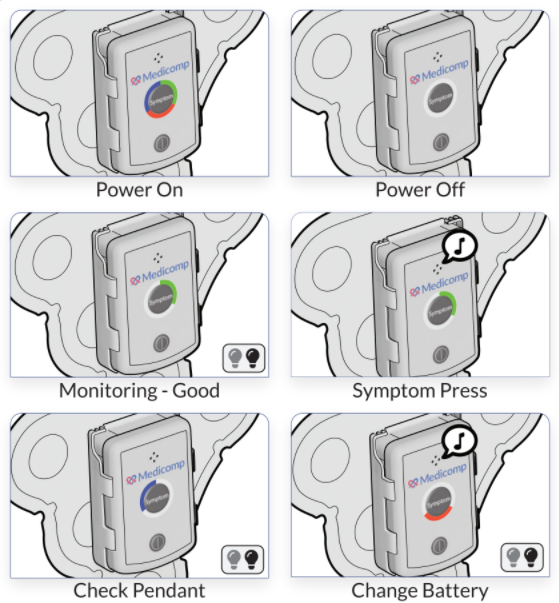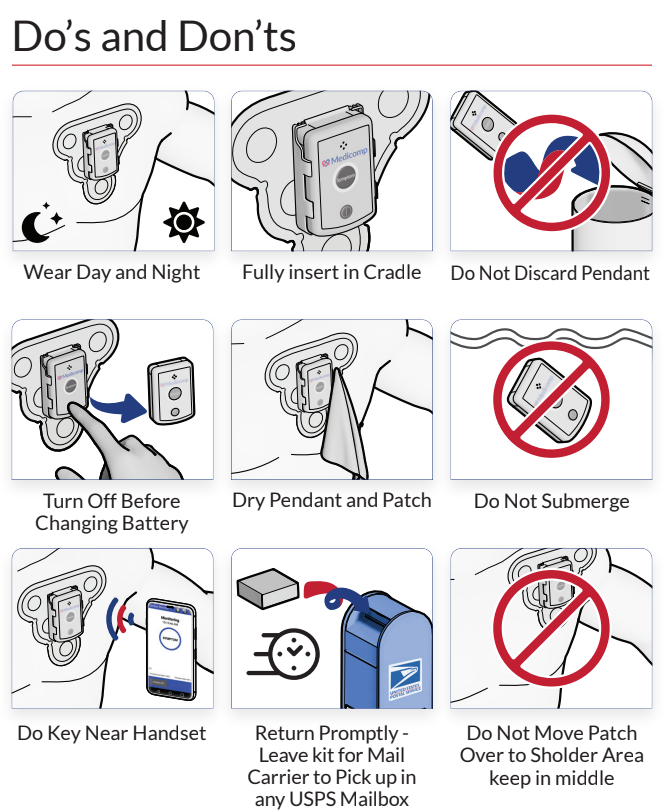Doctors nowadays feel more threatened than they did even just a few decades ago. The cost of technology, malpractice insurance and lawsuits, and health insurance pressures can easily dissuade even the most prominent physician. ReactDx is a strong supporter of proactive technology in the form of our ECG monitors to enhance patient health. The same proactive approach can surely improve patient care in your office.
Patients generally see a physician when they have more than one symptom or problem. Statistically speaking, patients tell their physicians their main complaint not first, but likely as a second or third listed problem. Unfortunately, physicians tend to interrupt or curtail comments, and it’s very likely the second (or third) point is left unreported. 80% of patients believe their physicians do not have time to listen to them. And, quite often, doctors agree; they are under time constraints to see a patient every 15 minutes. And therein lies the rub.
With only a limited amount of time to scan a patient’s records, listen to their concerns, perform a physical examination, recommend a plan of care, and write prescriptions, the allocated amount of time to listen has ended. In an effort to squeeze every minute of service from the physician, the quickest curative is to listen less or to expedite the patient’s speech. This leaves both the patient and doctor unfulfilled. Likewise, patients are learning that doctors are rushed, so they tend not to bother them by voicing minor ailments. However, these minor ailments can quickly point to a more complete diagnosis of disease, meaning doctors are often misdirected in their assessments.
When a physician takes an additional few minutes to stop talking and begin listening, amazing things can happen. A level of trust develops, and patients begin to open up, explaining symptoms and asking intriguing questions. Eye contact (without glancing at tablets or phones) ensures that the patient understands the physician’s level of communication engagement, and patients relax in a flood of relief. Doctors can easily begin the conversation by asking why the patient is in the office, and when the patient answers, the doctor follows up with, “What else?” After this question, stop talking for at least ten seconds, even if the patient does not respond. Oftentimes, it takes a while for the patient to formulate an answer they believe is intelligent enough for their physician to hear. Other times, the patient may be embarrassed to bring up symptoms he or she believes are not proper conversation material. Count to ten. Lean forward slightly toward your patient to show that you honestly want to know. And listen.
Treating your patients with this level of respect leads to greater long-term relationships. The simple act of listening – taking a few more minutes for each patient – can result in an abundance of referrals from satisfied patients. For more information on proactive patient care, read the latest ReactDx blogs from the ECG monitor specialists, or call us at 800-23-HEART.



